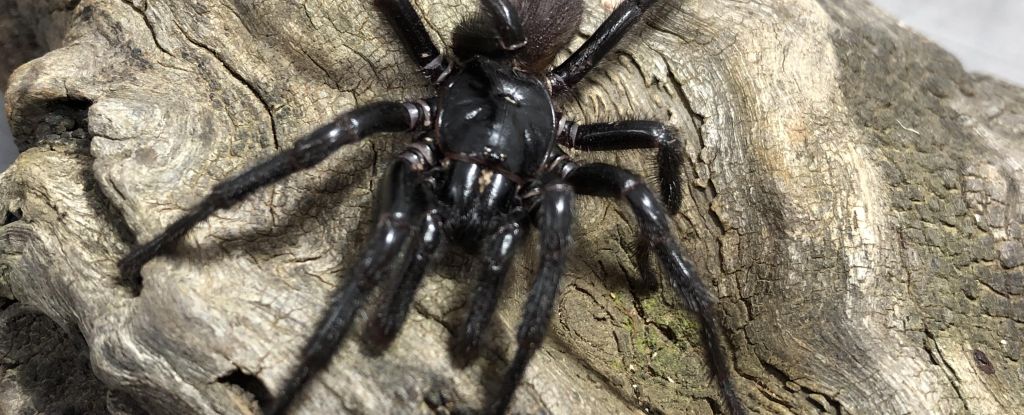ARTICLE AD
Special glands in the head can house plague bacteria
A human body louse (green in this fluorescent microscope image) has special glands in its head that can get infected with plague bacteria (red/orange).</p>
" data-image-description="" data-image-meta="{"aperture":"0","credit":"","camera":"","caption":"","created_timestamp":"0","copyright":"","focal_length":"0","iso":"0","shutter_speed":"0","title":"","orientation":"0"}" data-image-title="052024-ti-lice_plague_feat" data-large-file="https://i0.wp.com/www.sciencenews.org/wp-content/uploads/2024/05/052024-ti-lice_plague_feat.jpg?fit=800%2C450&ssl=1" data-medium-file="https://i0.wp.com/www.sciencenews.org/wp-content/uploads/2024/05/052024-ti-lice_plague_feat.jpg?fit=680%2C383&ssl=1" data-orig-file="https://i0.wp.com/www.sciencenews.org/wp-content/uploads/2024/05/052024-ti-lice_plague_feat.jpg?fit=1440%2C810&ssl=1" data-orig-size="1440,810" data-permalink="https://www.sciencenews.org/052024-ti-lice_plague_feat" decoding="async" height="580" sizes="(max-width: 1030px) 100vw, 1030px" src="https://i0.wp.com/www.sciencenews.org/wp-content/uploads/2024/05/052024-ti-lice_plague_feat.jpg?fit=1030%2C580&ssl=1" srcset="https://i0.wp.com/www.sciencenews.org/wp-content/uploads/2024/05/052024-ti-lice_plague_feat.jpg?w=1440&ssl=1 1440w, https://i0.wp.com/www.sciencenews.org/wp-content/uploads/2024/05/052024-ti-lice_plague_feat.jpg?resize=680%2C383&ssl=1 680w, https://i0.wp.com/www.sciencenews.org/wp-content/uploads/2024/05/052024-ti-lice_plague_feat.jpg?resize=800%2C450&ssl=1 800w, https://i0.wp.com/www.sciencenews.org/wp-content/uploads/2024/05/052024-ti-lice_plague_feat.jpg?resize=330%2C186&ssl=1 330w, https://i0.wp.com/www.sciencenews.org/wp-content/uploads/2024/05/052024-ti-lice_plague_feat.jpg?resize=768%2C432&ssl=1 768w, https://i0.wp.com/www.sciencenews.org/wp-content/uploads/2024/05/052024-ti-lice_plague_feat.jpg?resize=1030%2C580&ssl=1 1030w, https://i0.wp.com/www.sciencenews.org/wp-content/uploads/2024/05/052024-ti-lice_plague_feat.jpg?resize=1380%2C776&ssl=1 1380w" width="1030">
A human body louse (green in this fluorescent microscope image) has special glands in its head that can get infected with plague bacteria (red/orange).
David M. Bland (CC0)
Rats and their fleas take the rap for spreading the plague, but lice that infest people may share the blame.
Human body lice can harbor plague-causing bacteria and can transmit the disease by biting, researchers report May 21 in PLOS Biology.
Some studies have suggested that Yersinia pestis, the bacterium that causes the plague, spread too quickly during the Black Death of 1346 to 1353 and other outbreaks to be the sole work of rats and fleas (SN: 6/15/22). Human body lice, which feed on human blood, might be involved, but previous research found that the lice aren’t very efficient at spreading the disease.
Researchers from the U.S. National Institute of Allergy and Infectious Diseases in Hamilton, Mont., revisited whether body lice (Pediculus humanus humanus) can spread the plague. The team simulated human skin with membranes that lice can puncture with their mouth parts to get a blood meal. Lice fed blood with Y. pestis in it developed infections that lasted about a week, the researchers found.
In some lice, the bacteria concentrated in a unique set of glands called Pawlowsky glands, which may produce a lubricant to help mouthparts extend and retract. Those lice could transmit the bacteria during a short three-hour feeding period and in large enough doses to cause disease, the researchers discovered. Lice that carried the plague in their guts could spread the bacteria if given 20 hours, but not as efficiently as the ones with the gland infections.
These findings suggest the plague could spread through lice bites — a new way for lice to spread disease. Body lice spread other bacterial diseases, including trench fever and typhus, to people when crushed lice or their bacteria-laden feces are ground into the skin.
And body lice could be infected with Y. pestis strains that have genetic mutations that prevent the bacterium from infecting fleas, the team found. The findings suggest that body lice are better at transmitting plague than previously thought, the researchers note, and might be just the culprits on which to pin some plague outbreaks.

 7 months ago
55
7 months ago
55 

